The content of the article
How to defrost meat? “Do not remove the product from the factory vacuum packaging ...” Come on! And so I wanted to taste marbled beef and that without packaging ...
Agree, not very funny, right? A good half of the country buys meat at the market, only for big holidays. So it turns out cheaper and you do not have to pay for beautiful polyethylene in the store. Therefore, I want to maintain all the nutritional and taste qualities up to the very serving. And where does the cooking of meat begin in an ordinary average family? That's right, with defrosting. How to do this without loss or damage to the product - read below.
Fridge
What to do. Leave the meat in a bag on the bottom shelf of the refrigerator. Or remove the polyethylene, but be sure to wrap it in a cotton cloth. Even an ordinary waffle towel or a piece of an old baby diaper will do. Naturally washed and dried.
Pros. The meat is thawed under optimal conditions of humidity and low temperature. The process takes place without the participation of pathogenic bacteria.
Minuses. Defrosting is very slow. For example, about 3 kg of meat are thawed per day. If you are in a hurry, then this method is not for you.
Open air
Pros. We have not found. Maybe you can do it? Share a secret?
Minuses. Defrosting is very slow. Pathogenic bacteria in 2 hours begin their active development on the surface of the meat. If a piece is larger than 2 kg, then by the time the inside is thawed, the outside is often weathered and looks like a film.
For lovers of extreme nutrition, the method is ideal. For those who think that it is he who eats, the method is not good.
Microwave
What to do. Remove the meat from the freezer, free from all types of packaging (remove the package, what is incomprehensible?). Put in a deep plate, be sure to cover with a lid or other plate. Put the design in the microwave, turn on the “quick defrost” function. Every 3 minutes, stop the process, turn the meat on the other side and turn on the device again. Continue until completely defrosted.
Pros. The thawing process is very fast. On average, it takes 20 to 35 minutes to defrost. It all depends on the power of the unit and the size of the piece. The meat under the lid does not lose juice, retains its structure and most of its nutritional value. Due to the short thawing time, putrefactive bacteria simply do not have time to begin to actively develop.
Minuses. Older microwave models do not have this feature. If you forget to turn the meat over, the output will be a very unappetizing half-cooked dish with a frozen barrel.
Oven
What to do. Remove the meat from the freezer, remove the plastic bag or foil (well, what are you used to storing it in?). Place the piece in the center of the pan. Turn on the oven at a temperature not exceeding + 30 ° С. Typically, this is a "drying" function. Periodically check for thawing and turn the piece over to defrost more evenly.
Pros. The meat is thawed very quickly and evenly. Delicious juice is not lost in the process, but remains in the fibers. The aroma, texture and taste of the meat are preserved.
Minuses. Not every home has an ultra modern oven with the necessary function. Ovens of the old model have a minimum heating temperature starting from + 110 ° C. And ovens of the latest model often do not have the ability to turn off convection. At the same time, the meat will elementarily wind up faster than defrost.
We recommend using this method to cover a piece with a deep heat-resistant plate or a glass saucepan. Defrosting time will increase slightly, but the result is tender meat, not a dried piece.
Water
What to do. They take the meat out of the freezer. Prepare a cup, saucepan or bowl of cold water. Add some crushed ice. Dip the meat into the liquid until completely thawed.
Pros. Meat is thawed much faster than in air. Because of water, putrefactive and pathogenic bacteria will not be able to get to the product, so you can not worry about the usefulness of dishes. The meat remains juicy, soft, does not lose its nutritional value.
Minuses. Some houses have disgusting water that can transfer their amber to meat. Not everyone has ice at hand. Sometimes even such a defrost time seems too long.
According to reviews, such a method of defrosting meat is considered optimal by more than 90% of women. Nutritionists agree with them.
Tip. Do not thaw meat in hot water. This will speed up the process, but will noticeably affect the quality of the final dish. If you are a lover of chewing a sole instead of a juicy piece of chop, feel free to dip the tenderloin in hot water to thaw.
Some tips
- Some sources recommend re-freezing unused meat after thawing. Say, then it will remain the same juicy and soft. Do not comfort yourself with hope, it will not remain. With any method of defrosting, all types of meat lose part of the internal juice. And directly freezing itself partially deforms the fibers. Everytime. Therefore, dragging meat into the freezer and vice versa, as a result, you risk getting something completely inedible.
- Before thawing meat in water, be sure to place it in an airtight bag. Thus, the nutrients will not pass into the water, and the smell of bleach (which utilities sin) will not be absorbed into your future fries.
- Always remove any liquid that has formed during defrosting. This is an ideal environment for the rapid reproduction of putrefactive and pathogenic bacteria. A mixture of blood and thawed water will not give your meat a good taste, but to spoil it is not even ready yet - it can very, very quickly.
Now in your piggy bank of worldly wisdom experience has been added. And you know exactly how to properly defrost meat so that it does not deteriorate and remains soft and juicy. And so what to cook from it - you will probably figure it out without our help.
Video: how to defrost meat




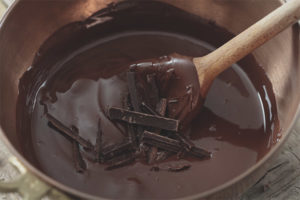
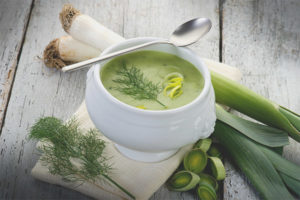

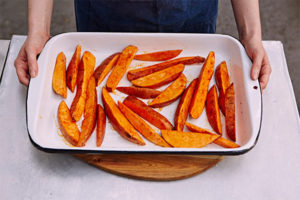
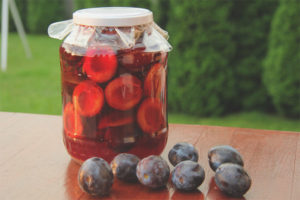
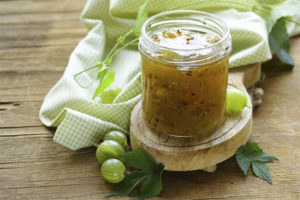
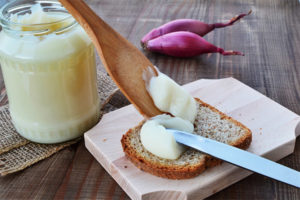
Submit